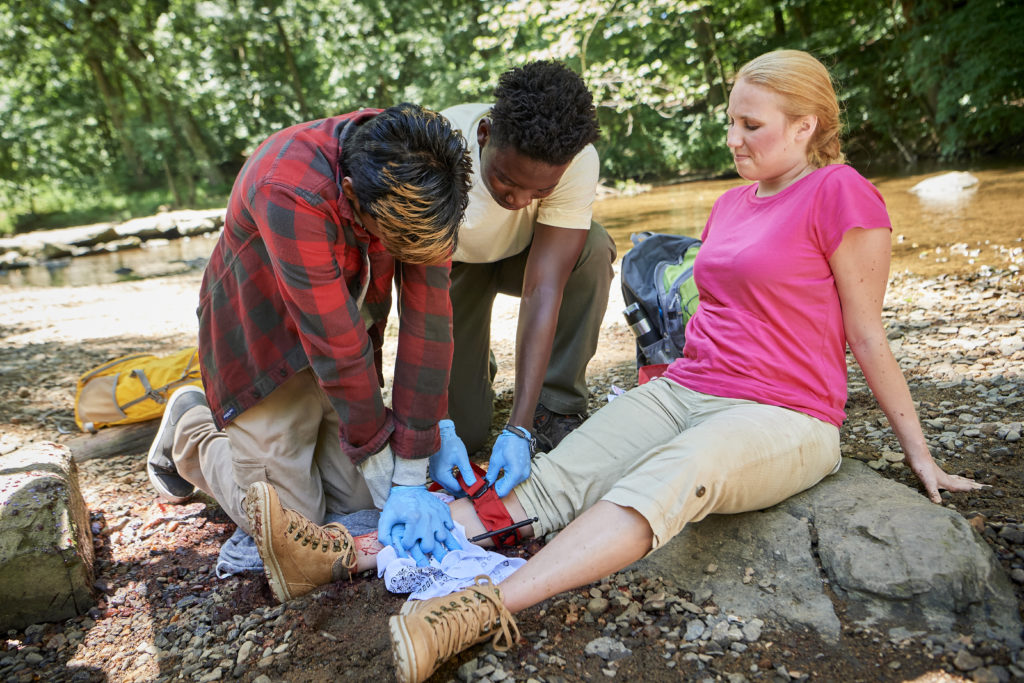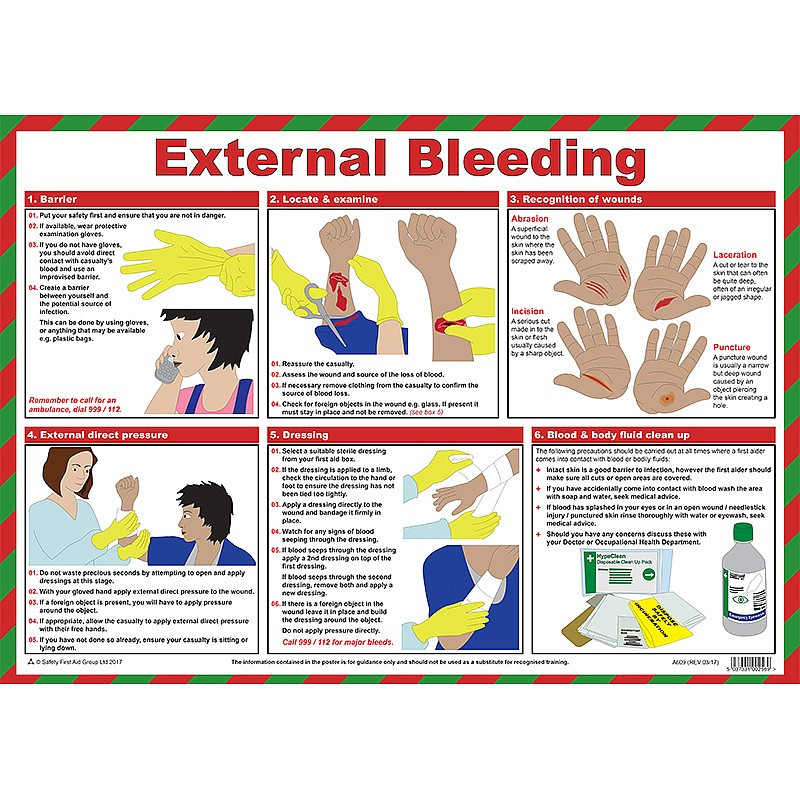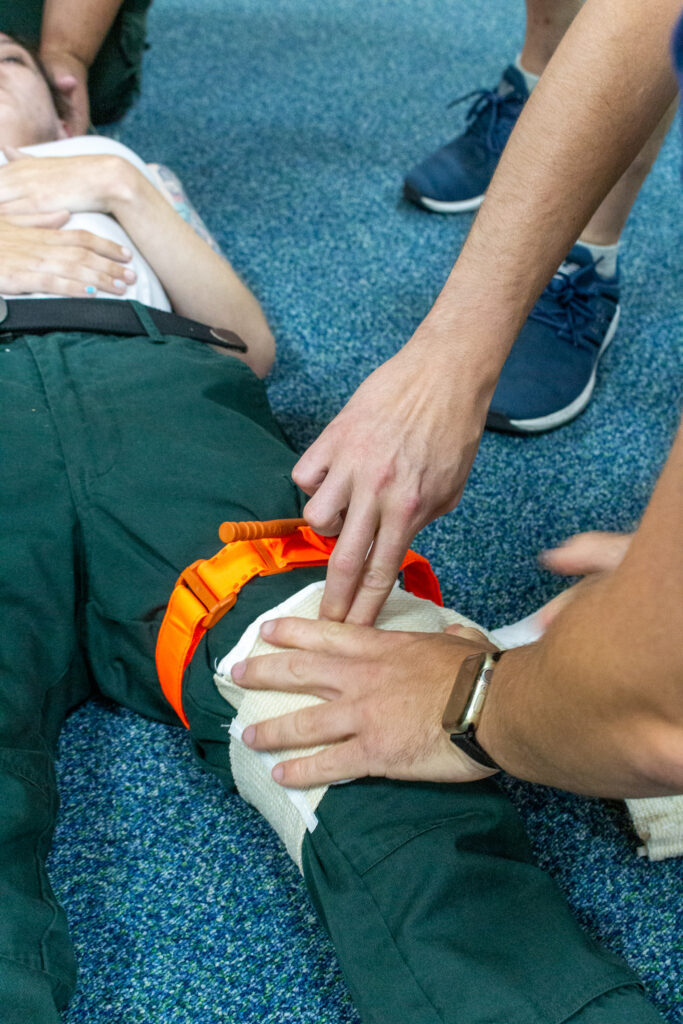In Addition To Looking For Severe Bleeding

Emergency medical responders are now being trained to look beyond obvious signs of severe bleeding in trauma patients, focusing on a more comprehensive assessment that includes subtle physiological indicators that can signal internal hemorrhaging or early stages of shock. This shift in protocol aims to improve survival rates by enabling earlier intervention and more effective treatment strategies. The changes are being rolled out across the state following a series of studies highlighting the importance of recognizing the broader spectrum of trauma symptoms.
This updated approach marks a significant evolution in pre-hospital trauma care, moving away from a solely symptom-based approach to one that emphasizes a deeper understanding of the body's response to traumatic injuries. The core principle is that waiting for obvious bleeding may be too late for some patients, especially those with internal injuries. Early identification of underlying issues, such as changes in skin color, level of consciousness, or respiratory patterns, allows for quicker activation of specialized trauma teams and faster administration of life-saving interventions.
Beyond the Bleed: A New Assessment Protocol
The revised guidelines, developed by the State Emergency Medical Services (EMS) Agency, emphasize a rapid, multi-faceted assessment process. The acronym "ABCDE" (Airway, Breathing, Circulation, Disability, Exposure) remains the cornerstone of the initial evaluation, but each element now includes a more nuanced set of observations. The "Circulation" component, for instance, now encourages providers to assess skin temperature and color, peripheral pulse strength, and capillary refill time, in addition to checking for obvious bleeding.
Specifically, the training materials highlight the importance of recognizing signs of compensated shock. This is a physiological state where the body attempts to maintain normal blood pressure and organ perfusion despite a significant loss of blood volume. While blood pressure may appear normal in the early stages, other signs, such as a rapid heart rate, pale or clammy skin, and subtle changes in mental status, can indicate that the body is struggling to cope with the injury.
“The goal is to identify those subtle clues that tell us something is not right, even if we don’t see a lot of blood,” explained Dr. Emily Carter, the lead physician on the guideline revision committee. “By recognizing these signs early, we can start treatment sooner and improve the patient’s chance of survival.”
Training and Implementation
The State EMS Agency is implementing the new guidelines through a series of mandatory training sessions for all certified paramedics and emergency medical technicians (EMTs). The training includes didactic lectures, hands-on simulations, and case studies designed to reinforce the new assessment techniques. The program also emphasizes the importance of communication and teamwork, ensuring that all members of the emergency response team are aware of the new protocols and can effectively contribute to the patient's care.
A key component of the training is the use of advanced monitoring equipment, such as portable blood pressure monitors and pulse oximeters, to gather more detailed physiological data. The use of standardized reporting forms also ensures consistency in documentation and facilitates data collection for ongoing quality improvement efforts.
John Peterson, a paramedic with 15 years of experience, attended one of the training sessions and stated, "This new approach makes a lot of sense. We've always looked for bleeding, but sometimes it's hidden. Learning to spot the other signs of shock will definitely help us save more lives."
Potential Impact and Challenges
The widespread adoption of the revised guidelines is expected to have a positive impact on trauma patient outcomes throughout the state. By enabling earlier detection of internal bleeding and shock, the new protocols can lead to faster transport to appropriate medical facilities, more timely administration of blood products and other life-saving interventions, and ultimately, improved survival rates. Preliminary data suggests that the new procedures are yielding results.
However, the implementation of the new guidelines also presents some challenges. The training requires a significant investment of time and resources, and some providers may initially resist the change. Ensuring consistent adherence to the new protocols across all EMS agencies will also require ongoing monitoring and quality assurance efforts.
One potential issue is the over-reliance on technology, potentially leading to less focus on clinical judgement. Another concern raised by some paramedics is the potential for increased workload, as the more comprehensive assessment process may take longer to complete, particularly in chaotic emergency situations. However, proponents argue that the benefits of the new approach far outweigh the challenges.
“This is not just about looking for blood," Dr. Carter emphasized. "It's about understanding how the body responds to trauma and using that knowledge to provide the best possible care to our patients.”
The State EMS Agency plans to conduct ongoing evaluations of the new guidelines to assess their effectiveness and identify areas for improvement. The evaluations will include analyzing patient outcomes, surveying EMS providers, and reviewing case studies. The agency will also work closely with hospitals and other healthcare providers to ensure seamless coordination of care for trauma patients. Early data collection and analysis is currently underway.
Ultimately, the success of the revised guidelines will depend on the commitment and dedication of the EMS providers who are on the front lines of trauma care. By embracing the new approach and working together as a team, they can make a real difference in the lives of their patients.


















